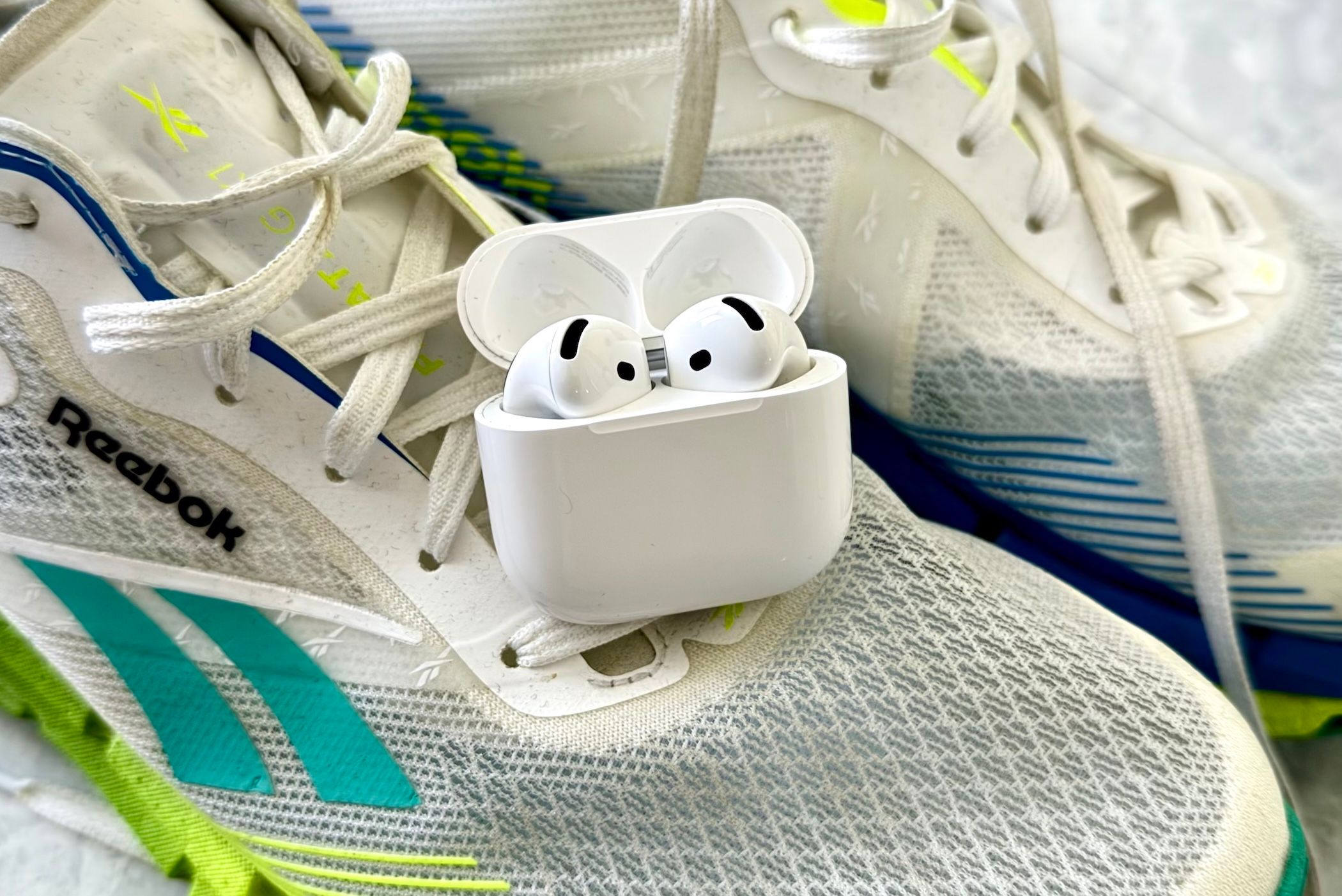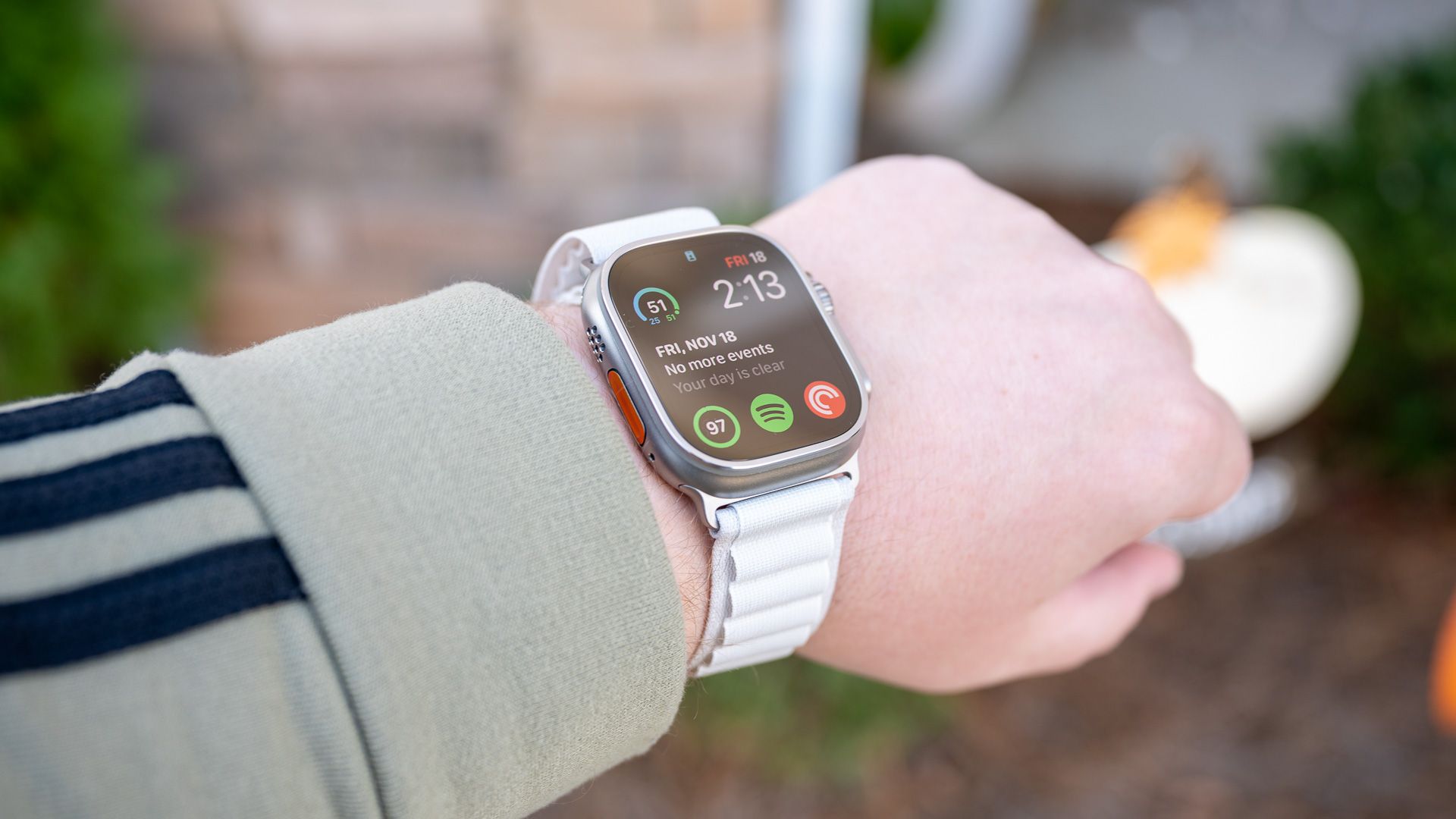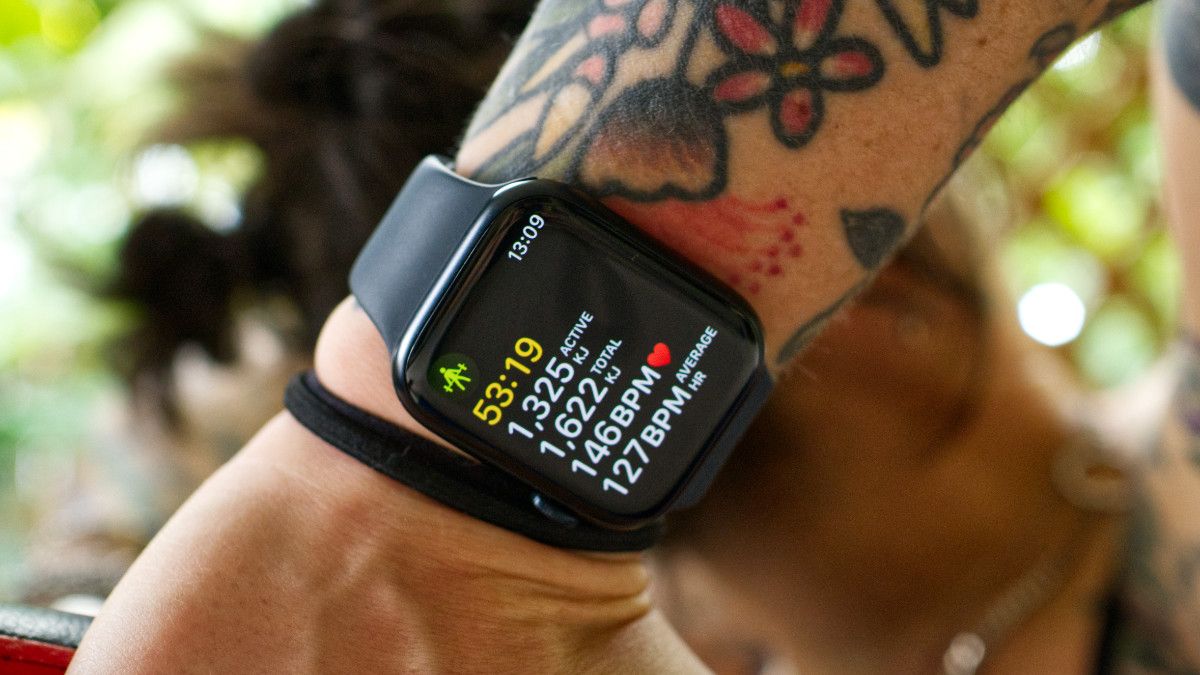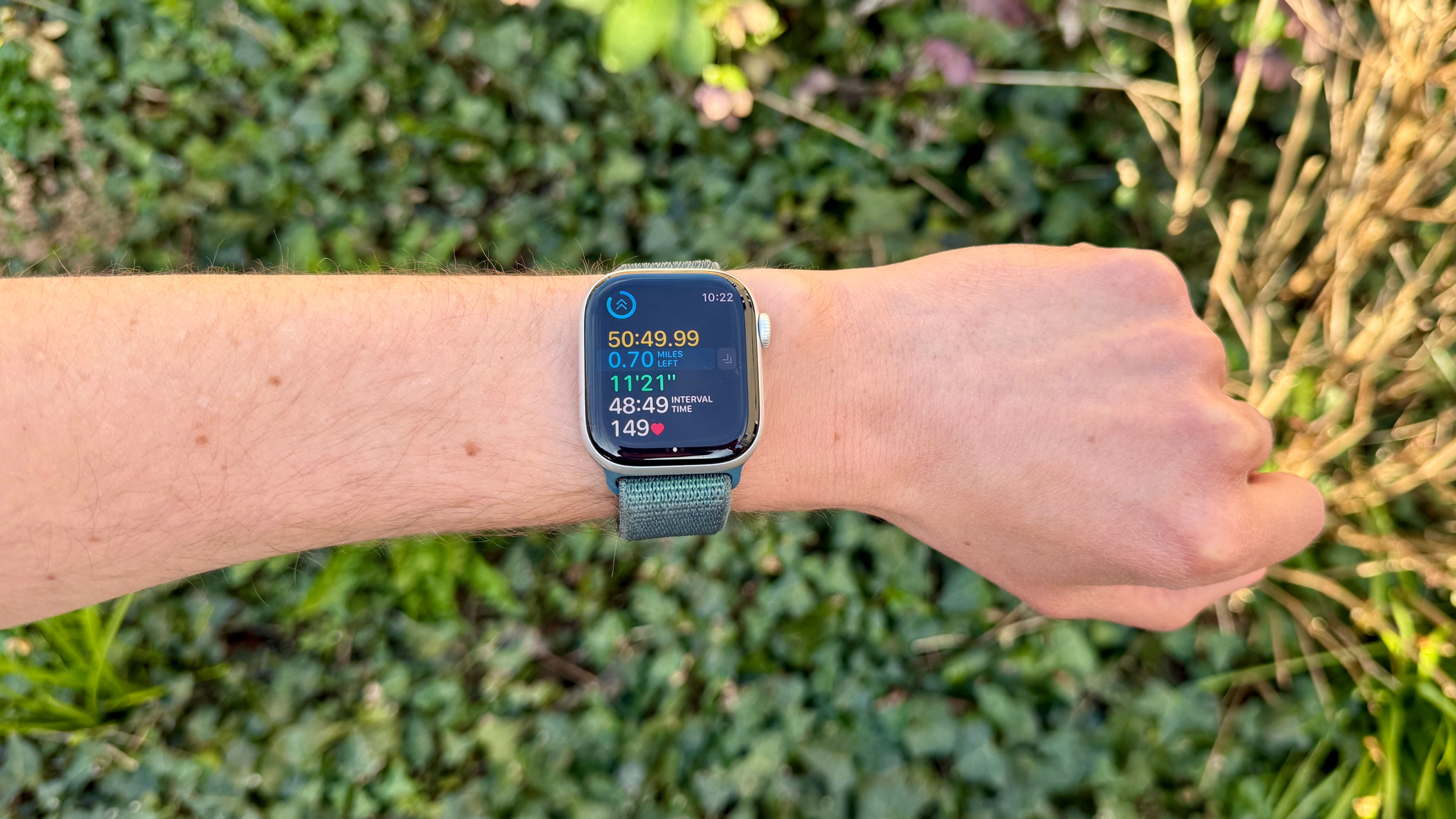I Regret Ignoring This Apple Watch Running Feature
Quick Links
-
I’ve Always Used the Default Running Workouts
-
I Finally Discovered the Pacer and Custom Workouts
-
The Easy Way to Create Custom Apple Watch Workouts
-
Make the Most of Your Apple Watch
I’m training for a half marathon right now, which means putting my Apple Watch through its paces by running three times a week for an hour or two each time. I’ve run 142 miles this year already, but I only just discovered a game-changing Apple Watch running feature.

Related
I Ran a Half Marathon With AirPods 4, Here’s How They Fared
I was curious how the new AirPods 4 would work for running so I used them for a half marathon.
I’ve Always Used the Default Running Workouts
Up to now, whenever I wanted to go for a run, I’d simply use one of the default running workouts on my Apple Watch. I’d open the Workout app, tap the “Outdoor Run” option and choose either “Time” or “Distance” because they were at the top.
This works to a point, but the training plan I’m following also includes a target pace. By selecting either “Time” or “Distance,” I’d need to remember that pace while on the run to make sure I stay on track. What’s more, if I wanted to warm up or cool down with a brisk walk at the beginning or end of my run, I had no easy way of tracking that exercise without creating a separate workout.
Interval training was even worse. If I wanted to combine sprinting, jogging, and walking in a single session, the default Outdoor Run workouts offered no way of tracking these different intensity intervals. I didn’t want messy workout data, so I opted to avoid interval training altogether, despite it commonly being regarded as a more effective training style.

Related
The Best Apple Watches of 2024
The Apple Watch has improved by leaps and bounds over the years, but which is the best for you?
I Finally Discovered the Pacer and Custom Workouts
After running over 100 miles using the basic Workout options, I finally scrolled down on my itty-bitty Apple Watch screen and discovered a host of other workout options I’d neglected. I have nobody to blame but myself, but I suspect I’m not alone in making this mistake.

Related
10 Apple Watch Workout Tips You Need to Know
Make the most of your workout with these tips.
The first one that caught my eye was “Pacer.” Instead of needing to remember my target time, distance, and pace on a run, this lets me put it all into the Workout app before I set off. Better yet, it notifies me to let me know if I’m ahead or behind my target pace and even tells me how many minutes I’ve gained or lost according to the target time while on my run.
Beneath “Pacer” is an even better option, though, and this has been game-changing for me. It’s the “Custom” workout option. Initially, I wasn’t sure this would offer anything of value, but after trying it out I soon discovered that it was just what I’d been looking for when I first started running.
That’s right, the Apple Watch’s Custom workout option lets you create multiple intervals for a single run, each with its own target (pace, heart rate, cadence, or power). You can even automatically repeat a selection of intervals that you’ve already created. And it comes with built-in warmup and cooldown sections as well.
The only issue is that these custom workouts are fiddly to create from the Apple Watch, but I have a workaround for that, too.
The Easy Way to Create Custom Apple Watch Workouts
To create a Custom workout from your Apple Watch, open the Workout app and tap the “More” button for the relevant workout type, which is “Outdoor Running” in my example. From here, scroll to the bottom and select “Create Workout” then choose the “Custom” option.
From here, you can enable a “Warmup” and “Cooldown,” create multiple “Work” or “Recovery” intervals, and repeat them however many times you need. After creating each section, you can then tap it again to set a target for it, which means your Apple Watch will give you alerts if you’re ahead or behind said target while completing the workout.
For example, you could set an open Warmup with a target based on your Heart Rate, then you could end the warmup and start your run once you get alerted that your heart rate has reached the target.
All of this is entirely possible to create using the Apple Watch’s tiny screen, but it’s not convenient. Instead, I suggest you download the excellent Workout Builder app by Matthew Palmer. With this app, you can follow the on-screen instructions to create a custom workout using your iPhone (just select the “Advanced Workout” option) and then send the completed workout to your Apple Watch.
It’s a clean and easy-to-use app and the iPhone-to-Apple-Watch transfer is lighting fast. There’s always a catch, though, and with this app it’s that you need to unlock the Premium features if you also want to set targets for your separate intervals. Still, there’s nothing to stop you completing that step on your Apple Watch after building the rest of the workout on your iPhone—that’s what I do.
Once you’ve created a custom workout, your Apple Watch will show you all the relevant information for your current interval on the main screen, including a small icon to indicate what the next interval will be. You’ll also get notified when you need to shift to the next interval, along with the goals for that interval on a large splash screen.
Make the Most of Your Apple Watch
I neglected too many of my Apple Watch’s features for too long, because I was too eager to get out running right away. But if I’d spent a little more time exploring watchOS upfront, I could have been more efficient with my training up to now. So, learn from my mistake and be sure to make the most of everything your Apple Watch has to offer you by learning about all the best Apple Watch features now.













